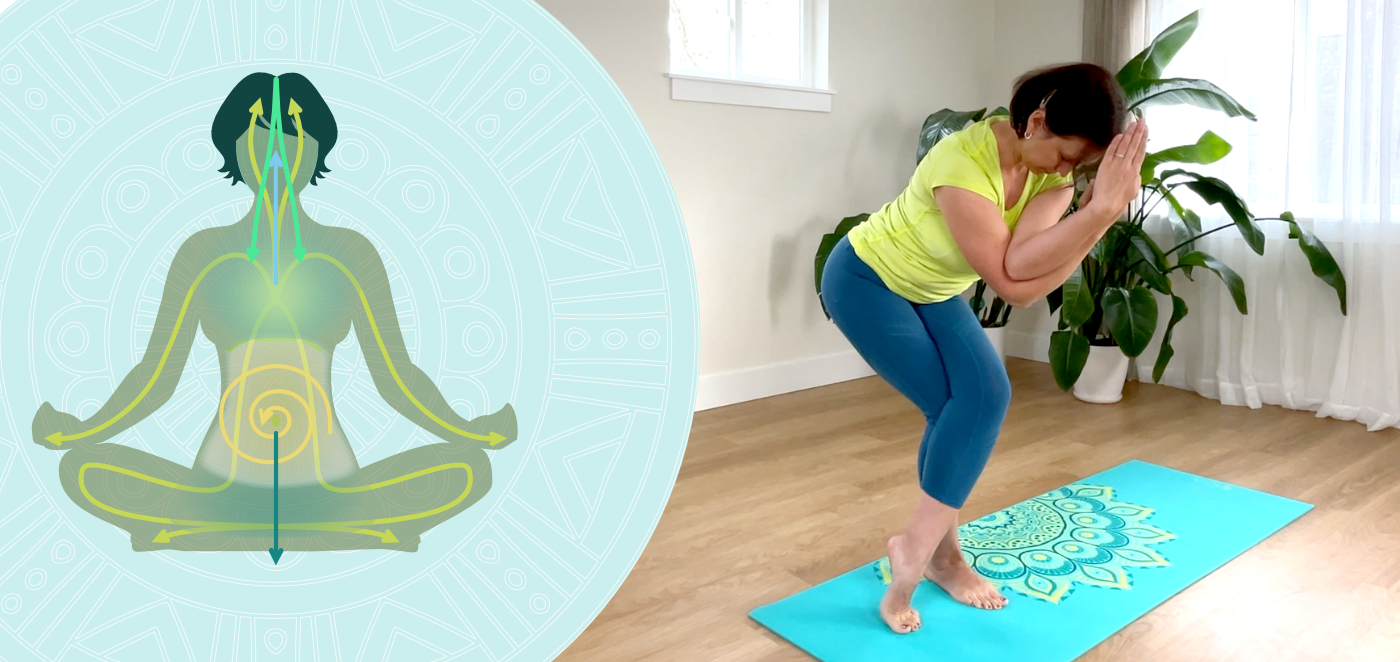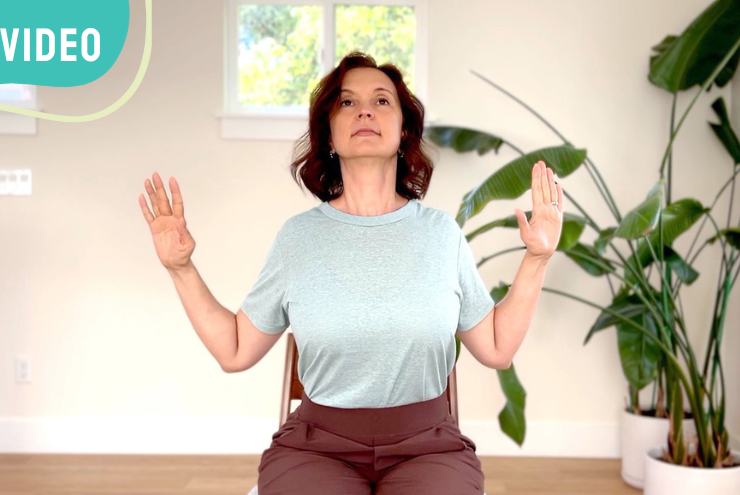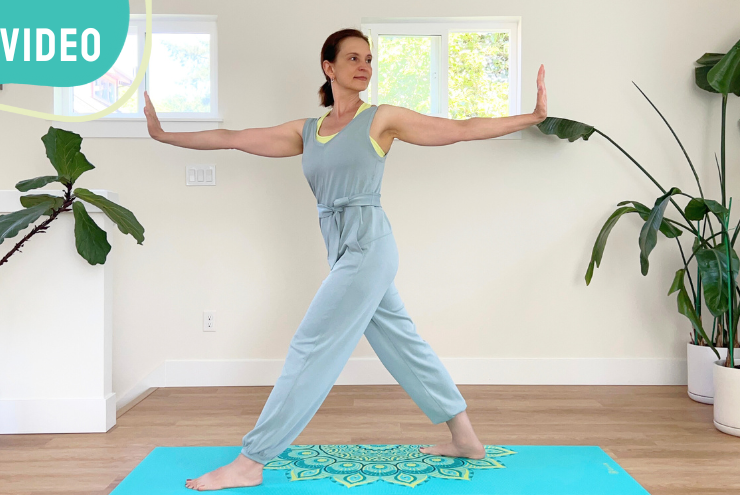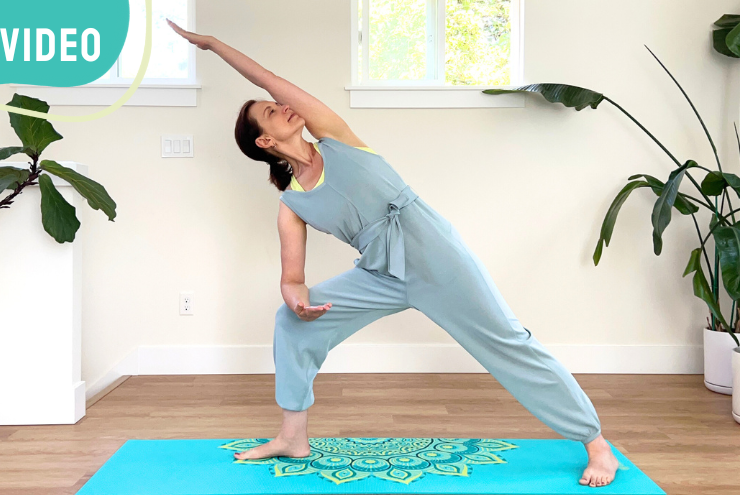How to do the Brain Huddle to find inner peace

How do you feel when you are at peace with yourself? Inner peace (or peace of mind), by definition, is an absence of conflict; it is a state of calm that endures even in the presence of life’s stressors. You can think of inner peace figuratively, as a state of serenity, or literally, as a truce between different parts of your brain.
Dr. Jill Bolte Taylor, the neuroscientist and author of Whole Brain Living: the Anatomy of Choice and the Four Characters that Drive Our Life, uses the image of Four Brain Characters to describe specific clusters of cells within our brains that process the same incoming information but react to it in very different ways. That reaction depends on where the cells are located in the brain: the thinking or the emotional part, in the right or the left brain hemisphere. Those characters have distinctive personalities and their own set of ideas about what’s best for their owner. They often spar with one another for dominance and want to impose their will on your actions.
We seem to be the happiest in our daily lives when all Four Brain Characters come together, make peace with each other, and join forces to achieve the best outcome in tasks big and small. This can be accomplished with a technique called “the Brain Huddle,” which Dr. Taylor calls “a power tool for peace.” It is particularly effective when you feel emotionally reactive, overwhelmed, or vulnerable.
Here is how to do the Brain Huddle (use the BRAIN acronym)
- Breathe to break the momentum, turn your attention inward, focus on your sensations, and begin to settle your nervous system.
- Recognize what each Character is doing in the present moment. What kind of circuitry are you running? Character 1 (organizer), Character 2 (worrier), Character 3 (inner child), and Character 4 (healer). Who is the most active, and what are they saying?
- Appreciate whoever is currently in charge and let them say whatever they need to say. Acknowledge that you have all Four Characters available to you at any moment.
- Invite all Characters to participate in the resolution of the current challenge and strategize your next move. Do it collectively and consciously.
- Navigate your follow-up based on the course of action all of your parts have agreed on.
You can do the Brain Huddle anytime, taking as much time as you have available. “When we run our lives on automatic, our Four Characters do whatever they please without any real consideration for what we might actually choose to be doing instead. When our Four Characters gather together in a Brain Huddle, just as in sport, they each share their perspective and then collectively choose our best next strategic play. Regardless of what is going on outside of ourselves, we have the power to routinely come out of the huddle with an appropriate and peaceful resolution.” (1)
Try the Brain Huddle in the two short yoga practices below. This is an invitation for you to first practice it yourself and then encourage your students to do the same.
Practice 1. In this short practice, we will use whole-body movements to increase the sense of vitality, try simple breath retention to create space within the body and mind, and do a “Brain Huddle” technique to facilitate inner unity.
Practice 2. In this short practice, we focus energy and attention in the middle of the body to awaken the core, use abdominal hugging with breath suspension to create inner stability, and use the Brain Huddle technique to embrace and unite every part of you.

The traditional text, The Katha Upanishad, depicts the body as a chariot. In this material world, the body, or chariot, is pulled around by the five senses.
References
- Whole Brain Living: The Anatomy of Choice and the Four Characters That Drive Our Life by Jill Bolte Taylor (affiliate link)









